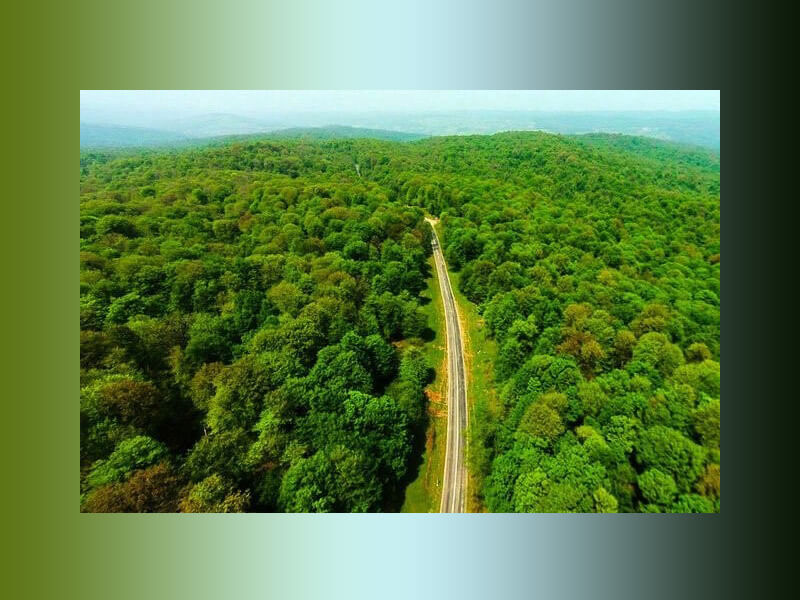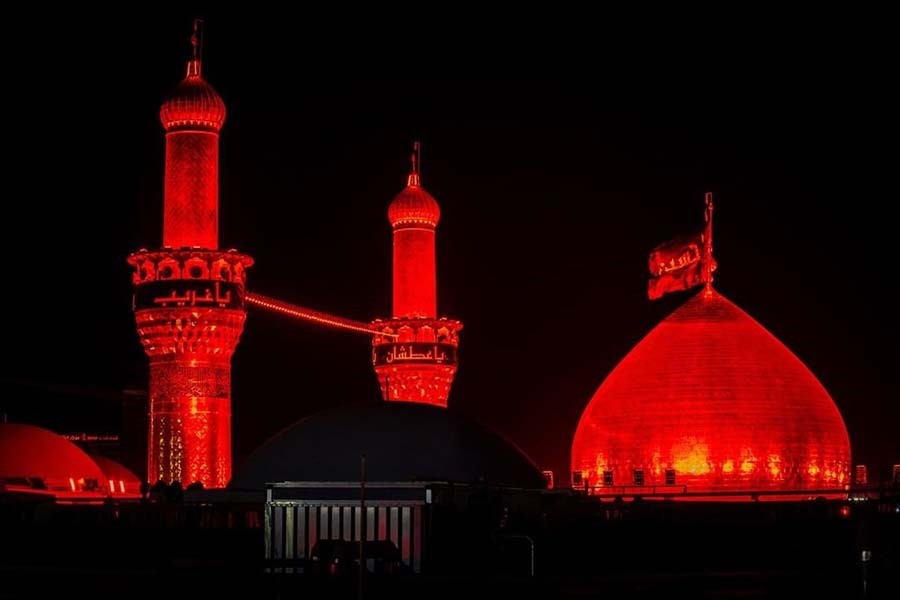
According to “Destination Iran” and following the “Obeato” website, international travelers who have been to Iran during the mourning ceremonies of Shiites, have experienced amazing moments. They did not expect music in Muharram and the street theater accompanied by it. You can read more below here:
In this article, we talk about the religious ritual of Muharram and Ashura in Iran, as well as the music of Muharram and its impact on tourists. And we examine the shocking comments of tourists during Muharram and Ashura.
One of the tourist attractions in the world is visiting the religious ritual of different religions and some people prefer to prepare for the trip themselves and travel to the destination country instead of searching on Google and using the experiences of others.
Get to know the culture and religious ritual of the country they want. One of these countries is Iran, which has more than 7000 years of civilization and has unique religious ceremonies that attract tourists. In this article, we talk about the religious ritual of Muharram and Ashura in Iran, as well as the music of Muharram and its impact on tourists. And we examine the shocking comments of tourists during Muharram and Ashura.
Muharram and Imam Hossein
Iranians are Muslims and the religion of the majority of them are Shia, and most followers of this religion live in Iran. Shia is one of the branches of Islam and the followers of this religion believe that after the last heavenly prophet, Prophet Muhammad, other imams were chosen by the Prophet of Islam to continue his path and invite people to Islam.
The third imam of Shiites, whose name is Imam Hussain, is one of the most popular and history-making imams of the Shia religion, who, according to Islamic scholars, died more than 1400 years ago with 72 of his faithful companions in the desert of Karbala (one of the current cities of Iraq).
He fought against his enemies in the cause of justice and freedom and was martyred with honor. For this reason, every year, Iranians perform religious rituals widely in different cities of Iran to commemorate Imam Hossein. In the rest of this article, we will examine the features and manner of this ritual.
Muharram and Ashura in Iran
Just as Iranians wear black clothes to pay respect to the death of their loved ones, they also wear black clothes during the Muharram rituals and pay their respects to Imam Hussein. The first 10 days of Muharram, which is one of the lunar months, are the most important days for Iranians to mourn the third Imam of the Shiites, and if you ask Iranians, they will tell you that this ritual will bring them together more.
Muharram rituals are widely performed in the streets and people stand together on the nights of Muharram and symbolically hit their bodies with hands and chains very quietly and express their sadness. Tasu’a and Ashura, which mean the ninth and tenth day of Muharram, respectively, are considered to be the most important days and nights of the Muharram ritual, and this ritual continues until the 40th night, which is known as Arbaeen. Arbaeen means the fortieth day.
Today, many people from all over the world travel to Karbala to see this event up close. According to Muslims, mourning on the 40th day of Muharram is the largest gathering of Muslims in the world. In the following, we will tell you more information about Muharram and its tourist attractions.
Music in Muharram
As you know, music is an inseparable part of human life, and in order to get more familiar with the music, you should use the opportunities created. One of these opportunities is using sites like Obeato and MusicRadar, which increase your musical information. to give And it makes you understand music in Muharram and its effect on people more than before.
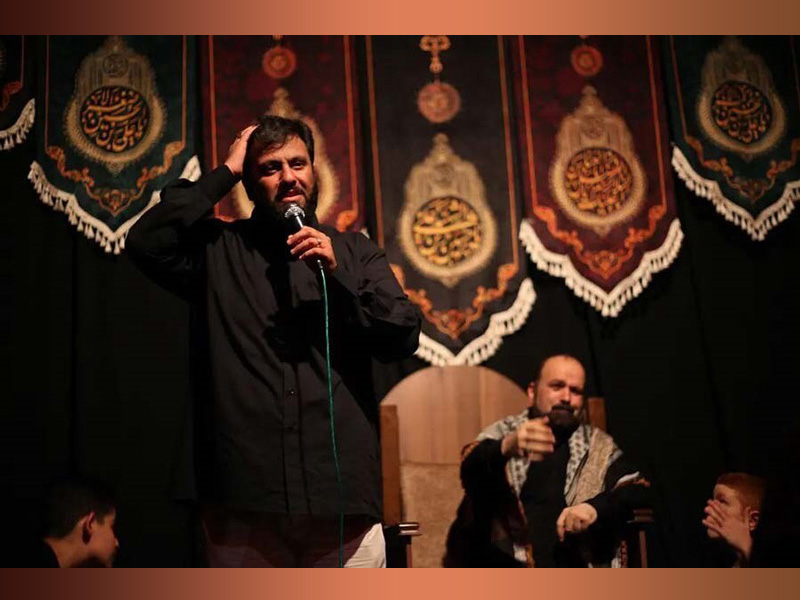
Many people in wrongful religions think that Islam is against music and that listening to it is punishable when it is not at all. Iranian people use music in Muharram rituals so that they can establish more spiritual connections with the event of Ashura. It is interesting to know that the music used in this ritual is rhythmic, and percussion instruments such as drums are used to play it, and the movements of the hands and chains of the mourners are in harmony with this rhythm.
Another interesting point is that all the tourists who traveled to Iran during Muharram’s days were shocked to see these scenes and even some of these tourists were affected by hearing music in Muharram and expressed sympathy with the rest of the people. This is because most of the tourists were Christians and did not know the Persian language.
You may wonder why tourists are affected by music in Muharram even though they don’t know the language. This question can be answered in two ways. First, if we want to look at this matter from the point of view of music, we must say that in the making of this type of music, sad melodies and harmonies are used in a mystical atmosphere and the audience communicates with it.
From another point of view, because people are placed in this environment and are affected by the collective energy, they are unconsciously attracted to this type of music and this music affects their feelings.
Performing arts in Muharram and Ashura
Another thing you should know is that the use of street theater is seen in this ritual, and since more than 200 years ago, since the Qajar period in Iran, Iranians have been performing all the events of Imam Hussein’s martyrdom in the form of street theater, which is called It is called “Ta’zia”. You definitely did not think that music and theater are the main elements of the Muharram ritual.
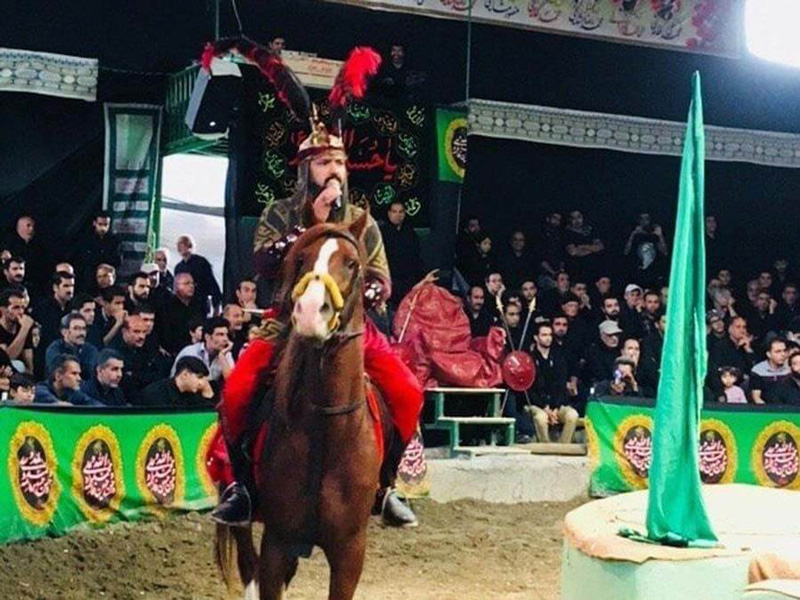
Yes, it is true that the actors of this theater wear green and red clothes and a person explains all the events to the people with interesting poems. This shows Iranians’ interest in music and theater and they use them in their most important ritual. Ta’zia is performed on the first 10 nights of Muharram in the biggest cities of Iran. Yes, it’s true, it’s a real festival with music and theater.
Helping the poor in Muharram and Ashura
Another positive aspect of the Muharram ritual is helping the poor. It is customary in Iran that on the first 10 nights of the month of Muharram, people prepare food for the poor and distribute it among them because they believe that Imam Hossein is the owner of this ritual and he does not want anyone to sleep hungry. All financial resources for this event are provided by donors.
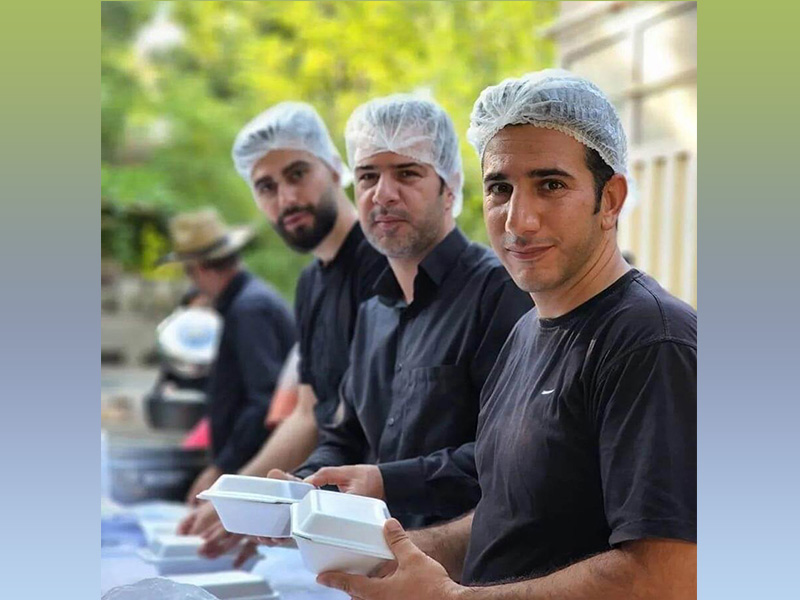
Conclusion
If you want to travel to Iran and are interested in seeing religious rituals, our suggestion is to travel to Iran on the first 10 nights of the month of Muharram to participate in this ritual and observe all the points that have been mentioned.







